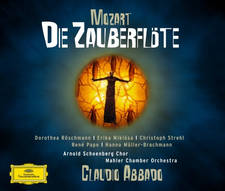The Simpsons theme tune is an epic symphonic masterpiece – here’s exactly why
20 February 2020, 14:50

The Simpsons Intro Season 1 1990
It isn’t just a catchy tune, it’s a work of monumental proportions. Here’s the analysis.
Ready to geek out at one of TV’s catchiest theme tunes? We’ve picked apart The Simpsons theme tune with a fine-tooth comb to find out exactly what’s going on.
The premise of the theme tune came from the show's creator, Matt Groenig. He said: “I wanted a big, orchestrated, obnoxious, arrogant theme that promised you the best time of your life.” And that’s exactly what composer Danny Elfman gives us.
Let’s start from the top.
The key
To begin with, the music is built on a rather unusual scale – the Lydian Dominant scale, to be precise.
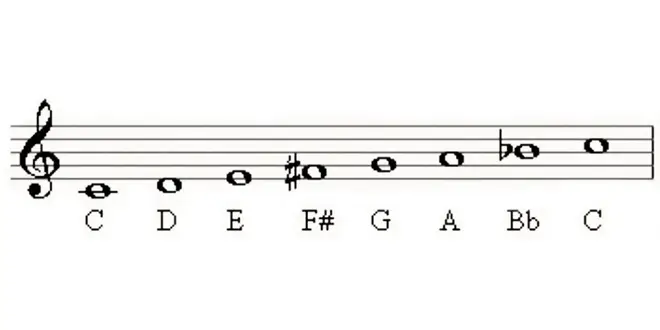
The Lydian Dominant mode (or scale) serves as the fourth degree of the ascending melodic minor scale (IV). This is similar to the Lydian mode, which serves as the fourth degree of the major scale (IV).
The reason it’s called Lydian Dominant mode is because it sounds great over dominant 7th chords, which instantly gives way to adding jazzy 9th, 11th and 13ths to the music. We hear this throughout The Simpsons theme tune.
The main melody

This well-known phrase is played repeatedly throughout the opening credits. It travels through multiple modes and is passed around various instruments of the orchestra.
Opening sequence
0:00 – 0:06
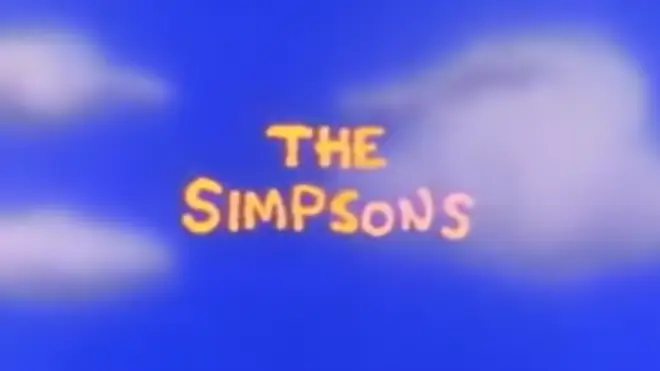
This opening phrase is based on the tritone (an augmented 4th interval), otherwise known as The Devil's Interval.
It’s actually nicknamed The Devil’s Interval due to its discordant sound. Here, we hear it against a dreamy scene of clouds parting, before we plunge into the chaotic world of The Simpsons’ town of Springfield.
The composer Danny Elfman is one of the three voices you can hear here. He has said that the royalties from this alone has paid for his health insurance for the last 25 years.
Springfield
0:06 – 0:09
As the clouds part and we catch our first glimpse of Springfield, chaos ensues in the music. We get our first taste of the syncopated rhythm that will drive the piece from now on. It's actually a Lydian mode cluster of pizzicato strings that play against the bass rhythm.
‘Cut to School’
0:09 – 0:15
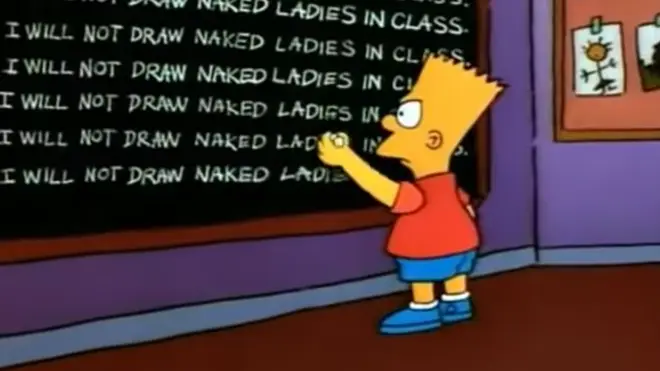
Here, we modulate. It moves down a semitone to a B Lydian Dominant mode. The syncopated rhythm still bubbles away beyond the key change.
Bart runs out of school
0:15 – 0:21
On top of everything going on, as Bart escapes to the sound of the school bell, we hear an ascending and descending motif in the strings. We hear this in different variations throughout the music, just to add an extra chaotic element to the score:
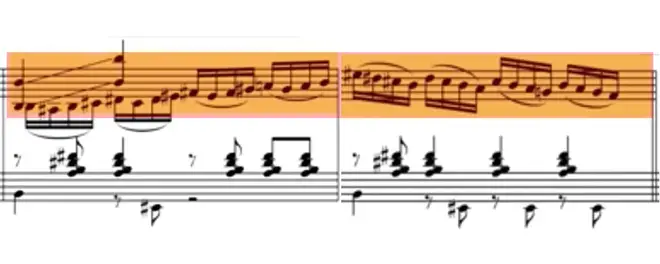
‘Cut to Factory’
0:21 – 0:26
Here, we hear the main melody again – but the second half of the theme is played up a fifth. Why? Well, it’s setting the music up to go in a whole new direction…
‘Cut to Marge at the Market’
0:26 – 0:35
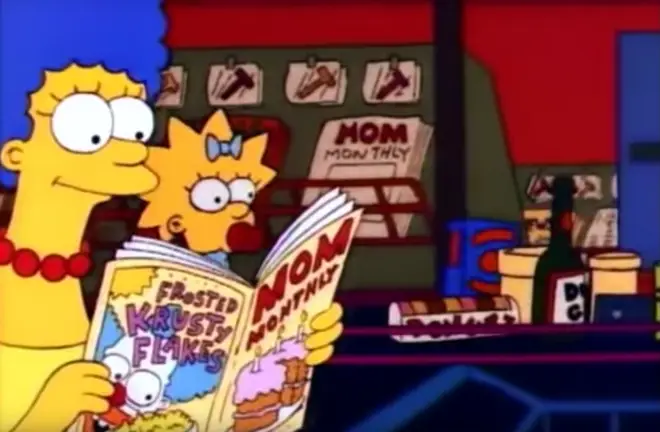
We modulate suddenly to E Lydian Dominant mode, using the B7 chord from the previous key (tonic 7th) as the dominant 7th in the new key.
Just as we’re almost getting our bearings, Danny Elfman throws in three bars (a rather awkward number) of ‘filler’ material to keep us on our toes. Of course, the filler isn’t just ‘filler’, it’s a descending sequence built on the whole-tone scale.
‘Cut to School Band’
0:35 – 0:43
With another key change comes a change in location, as we jump to the practice room of Springfield Elementary. The main melody is back, now with added raised 4ths and 9ths, making it sound like the ‘wrong notes’ of the young orchestra.
Lying above the questionable harmony is an epic saxophone solo played by Lisa Simpson. There have been lots of variations of this solo, including the instrument it's played on. In this version it is played on the tenor saxophone, but it has since been played on the baritone saxophone which sounds an octave lower than it does here.
‘Cut to Homer Driving’
0:43 – 0:46
Another scene change, another modulation – except this time, we’re down a semitone to E flat Lydian Dominant mode. It doesn’t stick around for long though, as we jump to…
Bart on a skateboard
0:46 – 0:57
B Lydian Dominant mode. In music theory terms, this scene has the whole shebang – syncopated Lydian Dominant clusters and the main theme played by the brass, mirrored a bar later by the alto and baritone saxophones. The strings are also playing the same runs we hear as Bart runs out of school (0:15 – 0:21).
‘Cut to Marge at Steering Wheel’
0:57 – 1:03
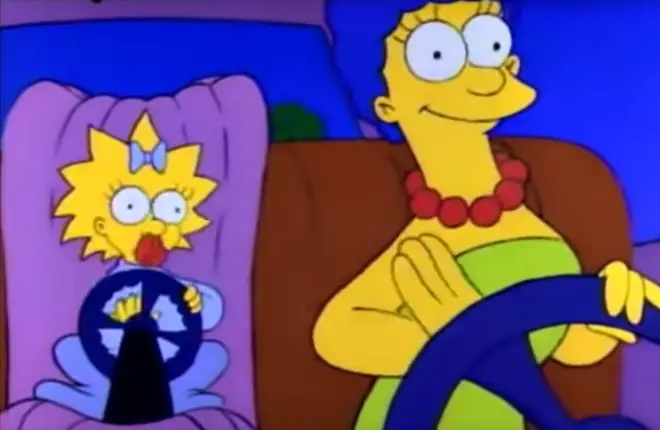
Here we have much lighter instrumentation – bells, synth and upper strings, reminiscent of a baby’s nursery rhyme. The orchestra is actually playing an augmented version of the earlier runs we hear in the strings (the same ones again from 0:15 – 0:21).
There’s a distinct trombone ‘Wah’ sound effect at 1:00 which emulates a car horn sound. They do this by gliding in major 7th harmony from C7 – B7 – C7.
‘Cut – Pan Across Town’
1:03 – 1:14
We modulate again here, with the band now playing an augmented and simplified version of the main theme. We also have four more ‘filler’ bars. Elfman could have stuck to the same as last time and used three, but he mixes it up by adding in one extra bar of symphonic greatness.
‘Cut to Home’
1:14 – 1:25
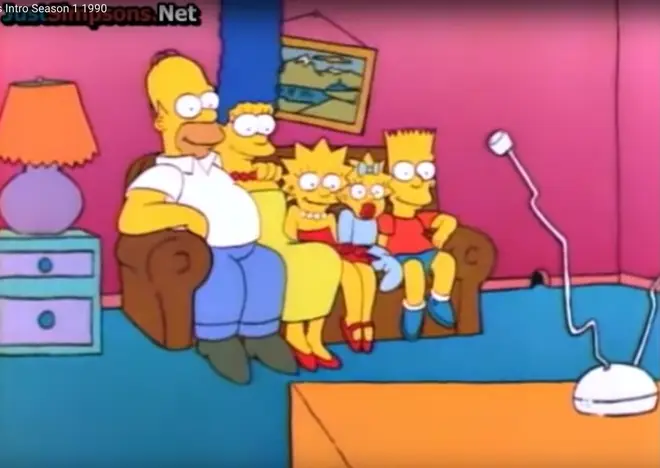
As we follow the family into their house, the music jumps down a major second to D flat Lydian Dominant mode.
Here, at the climax of the music, Elfman throws in everything we’ve heard this far – the whole tone runs, syncopated Lydian chord clusters, and a final ‘bells and whistles’ version of the main melody.
We’ll just give you a minute to let all that sink in…
